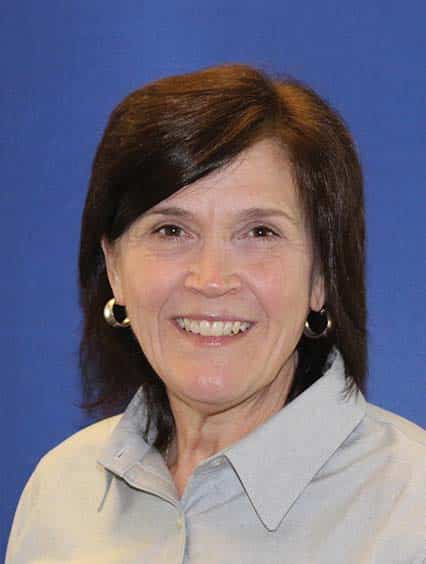investing in young leaders benefits everyone
When our team is working on a project or event, it often becomes apparent we need other voices in the process. We identify a gap in our collective knowledge about a particular topic or task. Then we need to expand the table to make room for a leader to bring her own skills and experiences.
These gaps are themselves cause for celebration, because they give us opportunities to find new and younger leaders. What follows is more challenging: creating an intentional process to help that leader develop personally and as part of God’s larger work around her. Here’s what we’ve learned so far:
1. Invest for the long-term. Young leaders want to be part of something bigger than themselves. They lean into opportunities to be better at what they’re trying to do. That makes our task a delicate balance between letting them run and running alongside them.
I’m learning not to pass the baton too quickly. There is legitimately a time for micromanagement. Experienced leaders have the responsibility to get to know enough about the person, their competency for the task, and their want-to in order to assess their readiness for the opportunity in front of them.
2. It’s already personal. Because we’re dealing with people. And people need to know we’re interested ultimately in their journey as followers of Jesus and participants in his work in the world. I try to establish two types of contact with a new or younger leader: one is about the specific project they’re partnering with us to complete. The other is about them personally. Sometimes, we need to meet just to talk about how they see God at work and what he’s teaching them at that moment.
When we show young leaders we care about them and not just a specific task, we put them in a better position to stay connected once the project is done. Developing young leaders can’t be just about what’s in it for our ministry.
3. Fix processes, not people. Too often, new leaders walk away from a project that didn’t work out like they’d hoped feeling like the whole experience was a failure. Or worse, that they were, resulting in a hesitation to try again. If indeed there is room for improvement, experienced leaders can often look at the processes we followed to get to a certain outcome and tweak them, instead of laying blame on the people involved.
I’ve found it helpful to let a young leader know up front that we routinely do quality checks of our processes. This helps them to see this is a proactive step.
Young leaders are often attuned to the culture in ways I am not. They are eager to be in community. They look for opportunities to help deliver something bigger than what they could do on their own. They’re willing to take the reins. And they’re teachable.
Let’s make room for them at the table and prepare ourselves to make a long-term investment.

By Carmen Halsey
IBSA Leadership Development Director
CarmenHalsey@IBSA.org
